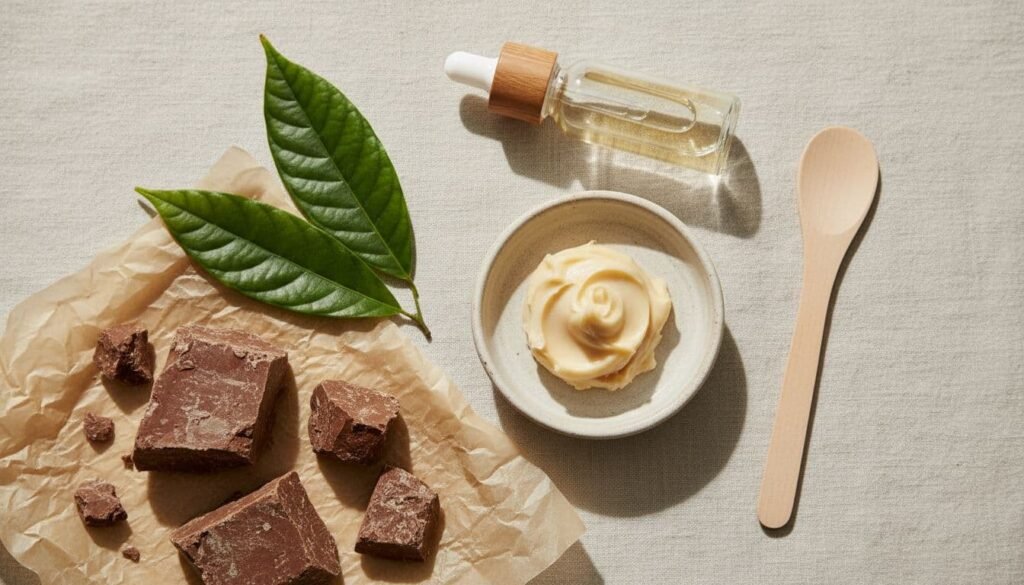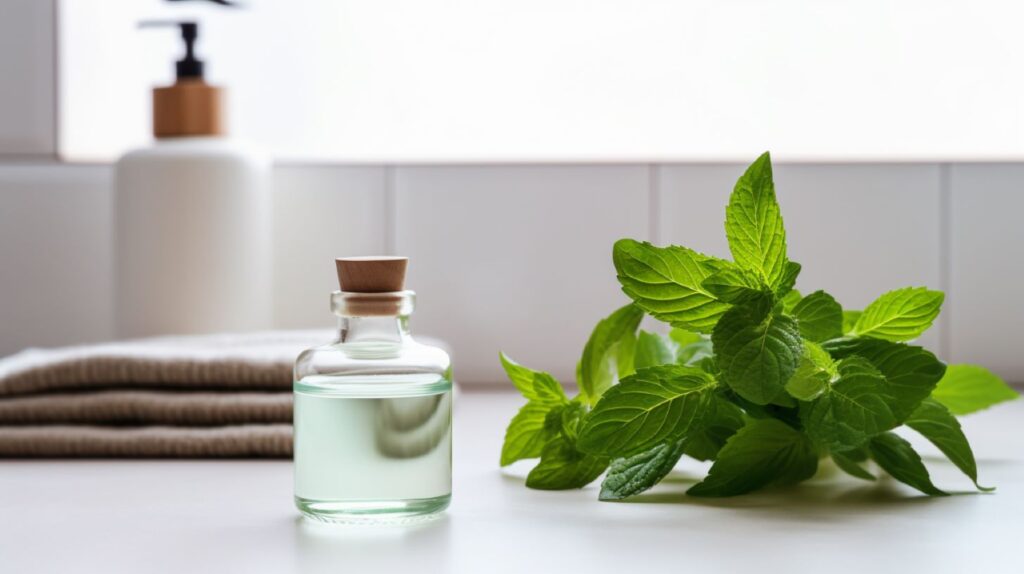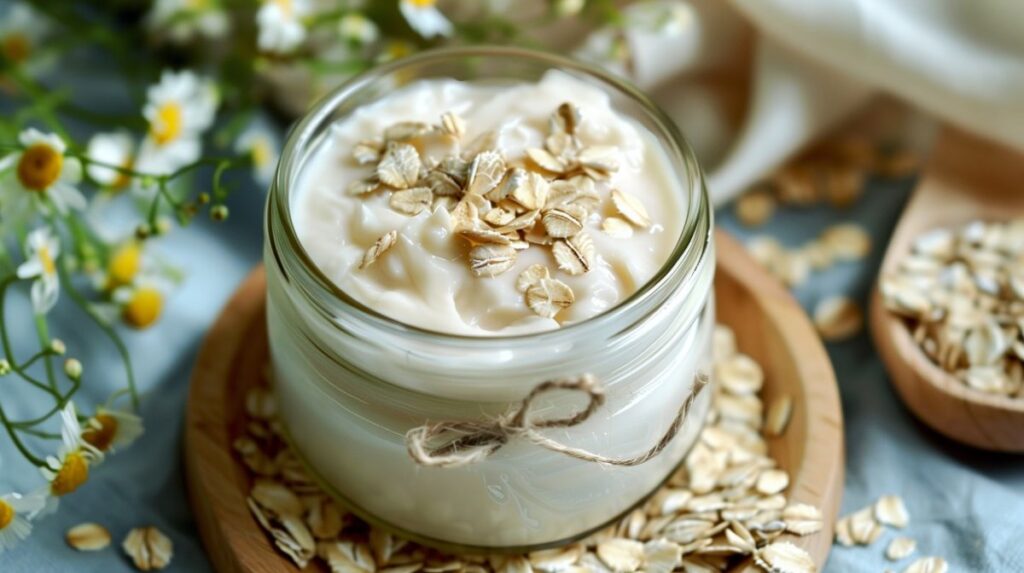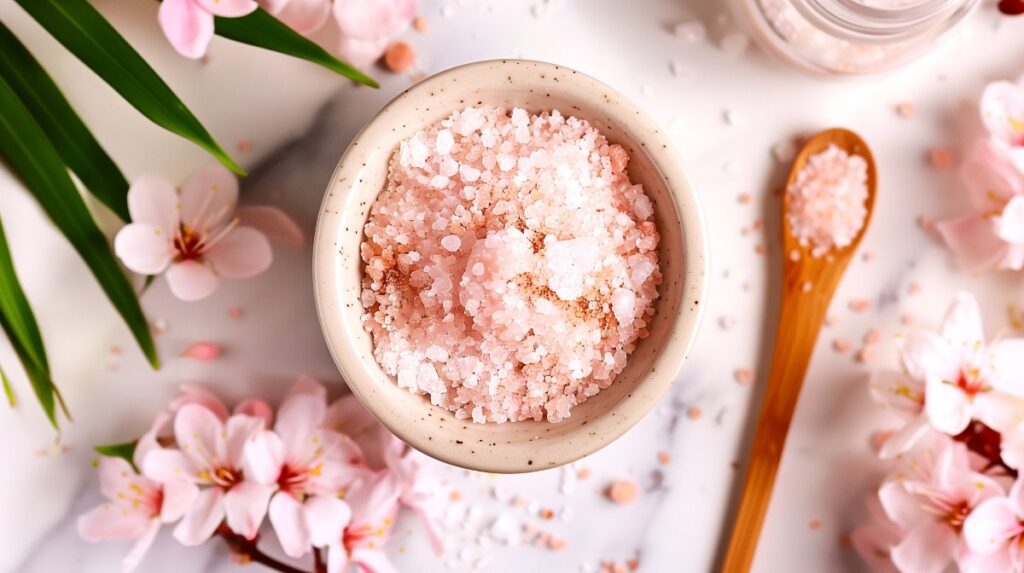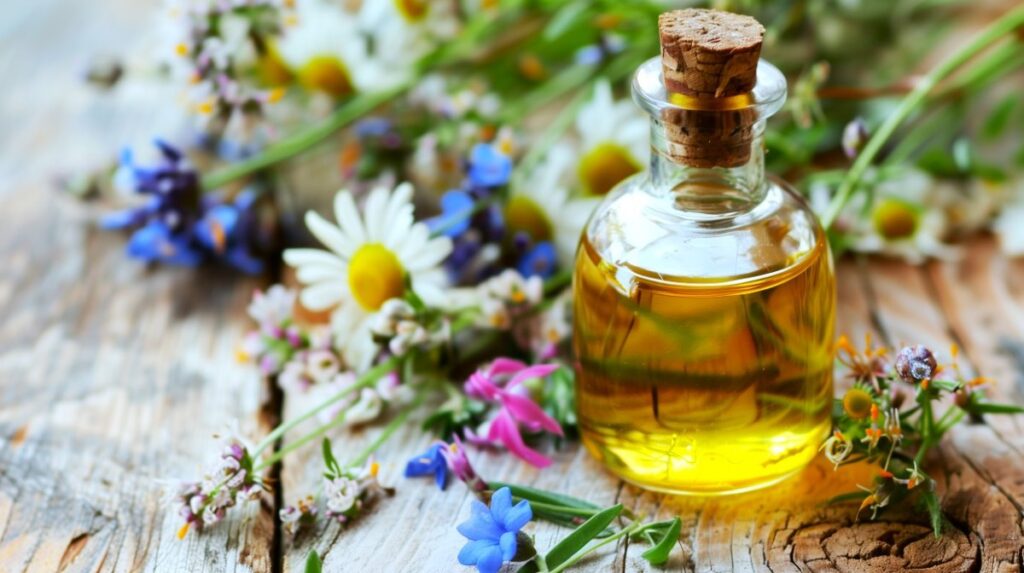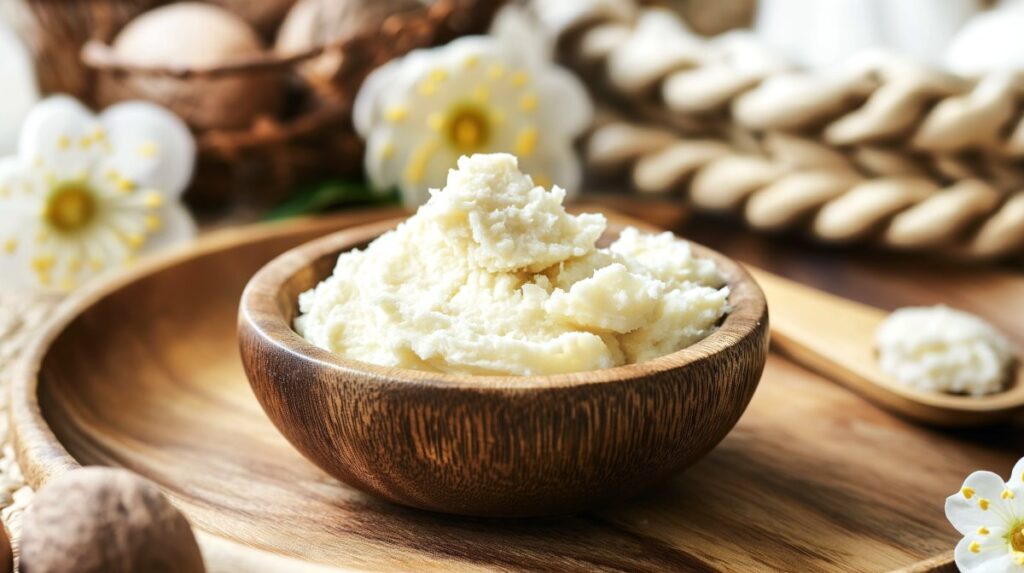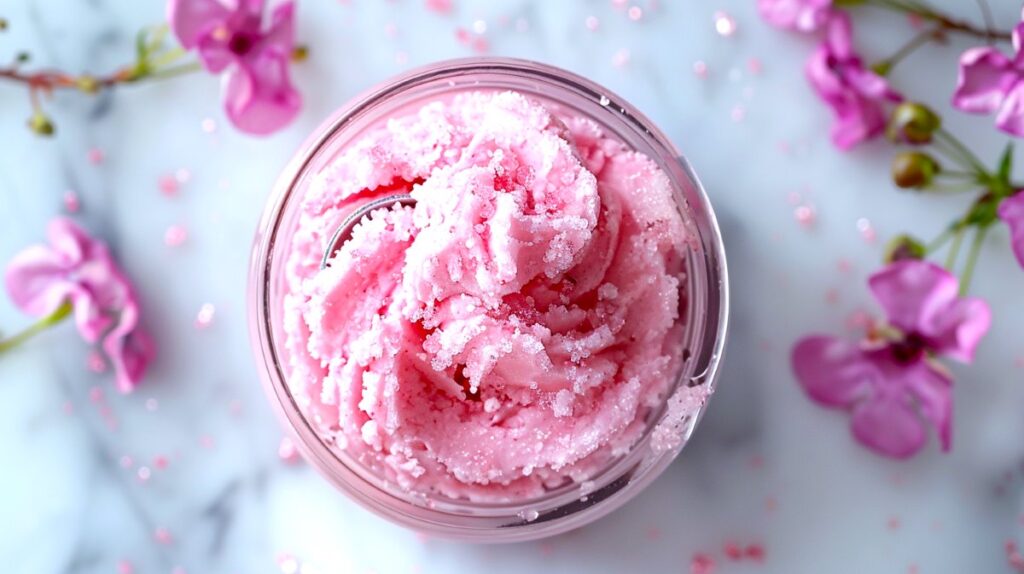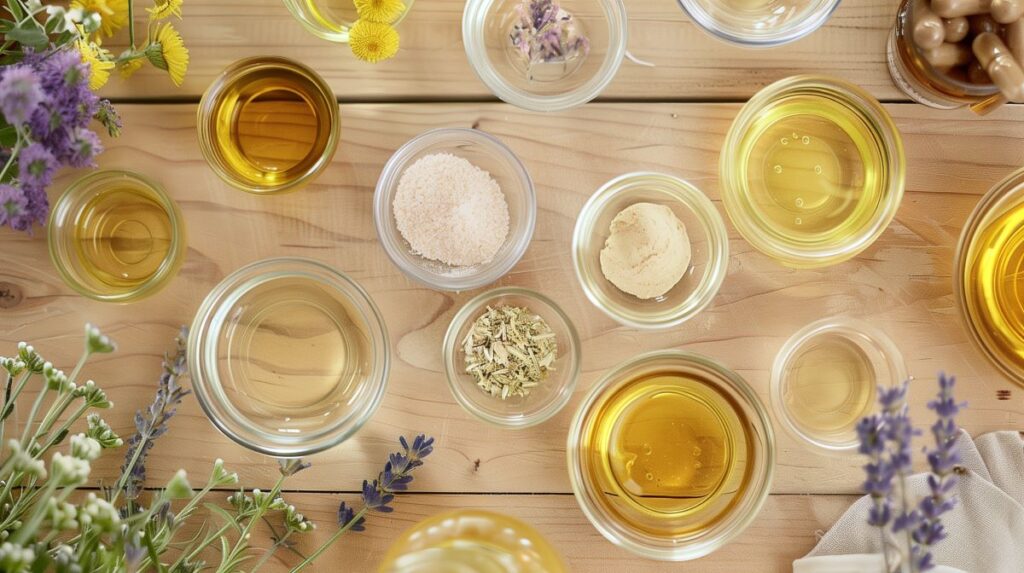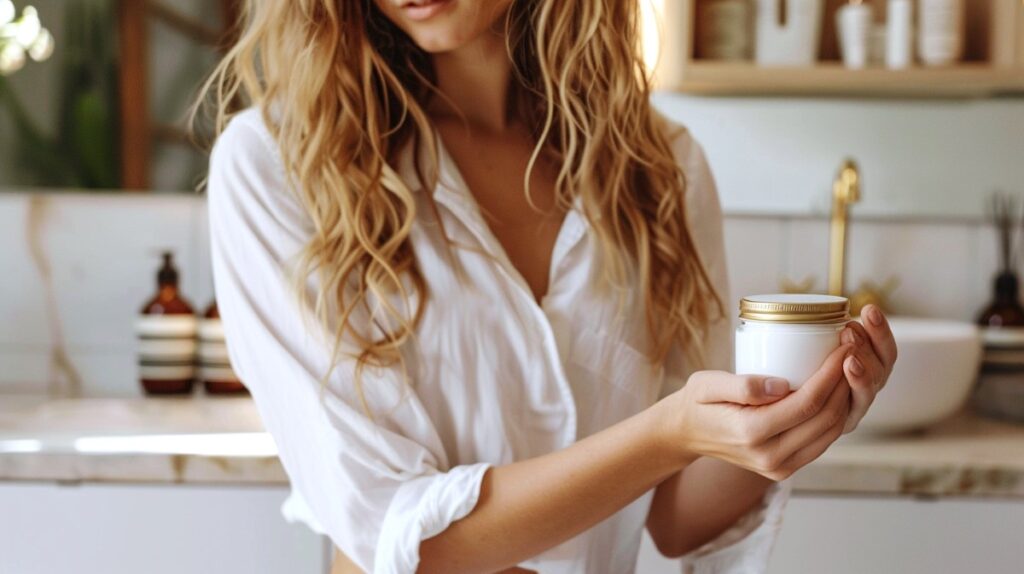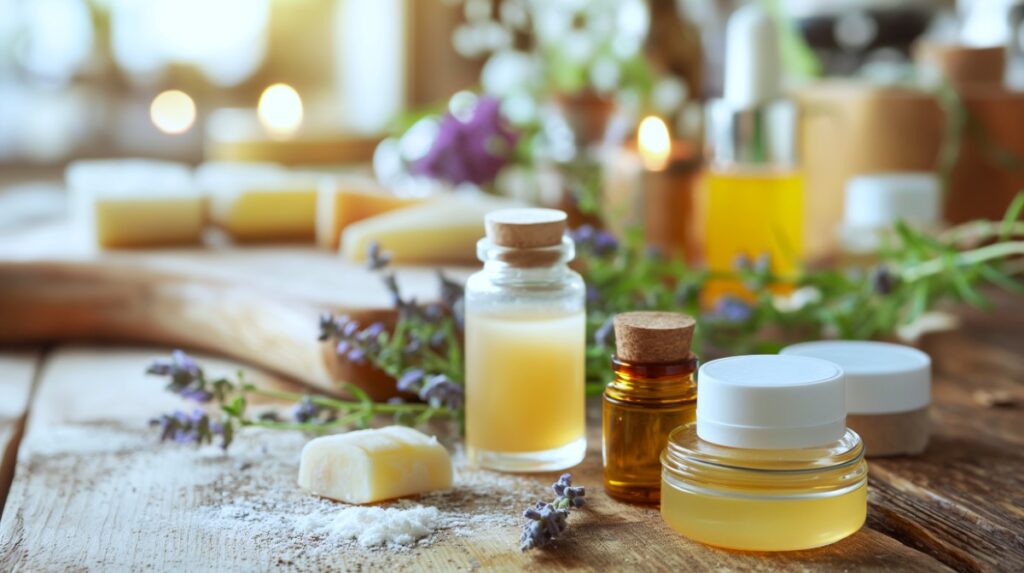Cocoa Butter: 7 Ways to Moisturize & Protect Naturally + DIY Recipes
Cocoa Butter: 7 Ways to Moisturize & Protect Naturally + DIY Recipes Warm, rich, and softly sweet, cocoa butter smells like a cozy kitchen on a winter afternoon. That scent always makes me slow down. If your skin is thirsty, […]
Cocoa Butter: 7 Ways to Moisturize & Protect Naturally + DIY Recipes Read More »
